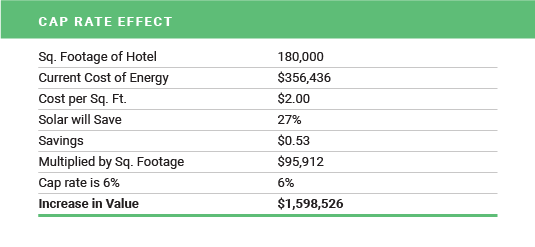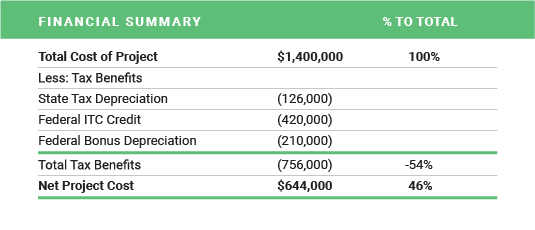Did you implement Energy Efficiency measures in your building during 2018 or prior? You may be eligible for a tax deduction and/or credit.
As of December 19, 2019 the Senate has approved the 2019 Tax Extender Bill, which extends the 179D deduction and the 45L tax credit. This allows for the adjustment of 2018 tax returns to include qualified energy-efficiency projects from that year.
The deadline to amend 2018 tax returns is December 31, 2020. Projects from earlier than 2018 may still qualify if you have not taken advantage of available incentives. Ask Green EconoMe how you can maximize this benefit.
What is Section 179D Tax Deduction
179D was created in 2005 under the Energy Policy Act (EPACT), allowing a tax deduction from $0.30 to $1.80 per square foot for the installation of energy efficiency systems in the commercial space.
Building owners are not the only beneficiaries of this tax deduction. Tenants may also be eligible if they take on construction spending. However, deductions can only be recognized for the year that efficiency measures are up and running.
What is Section 45L Tax Credit
45L was created in 2005, providing $2,000 per dwelling unit that consumes less energy than national standards. This credit is meant for low-rise apartment developers with buildings 3 stories or fewer. Buildings 4 stories or more may qualify for the 179D deduction detailed above. The 45L credit can be applied to new construction or the refurbishment of existing units. Like with 179D, in order to be recognized for the tax credit, the new or refurbished unit must be leased or sold within the year that tax return is filed.
Does my Building Qualify for Tax Deduction or Tax Credit?
Green EconoME is a woman-owned, multi-disciplinary energy consulting and construction firm providing full-scale energy efficiency services to diverse public and private sector clients. Not only are we led by a former CFO who seeks all incentives available for each project, our ROI data is also 98% accurate. Contact us to see if any of your projects are eligible for these extensions!
info@greeneconome.com or (818) 681-5750






